
¿Qué significa hipotonía?
Ahora bien, ya sabemos que es la disminución del tono muscular. Cuando ésto ocurre en niños su condición de vida se suele ver comprometida en diversos puntos de su vida. En la mayoría de los casos el niño puede estar de una forma lacia esto quiere decir que se deja caer sin hacer ningún esfuerzo, y no hay interacción a nivel muscular.
What does hypotonia mean?
Now, we already know that it is the decrease in muscle tone. When this occurs in children, their life condition is often compromised at various points in their life. In most cases the child can be in a limp form, this means that he falls without making any effort, and there is no interaction at the muscular level.
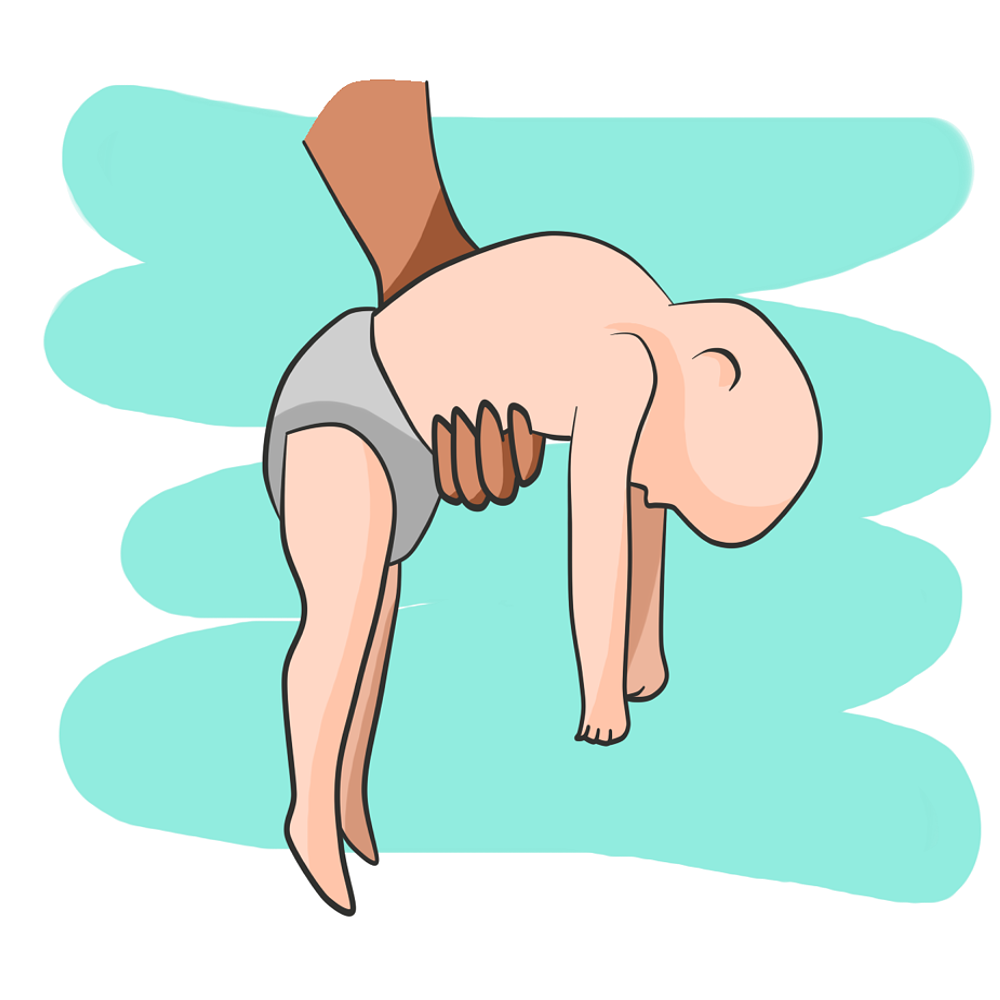
.- Daño cerebral: ocurre por lo general a causa de una hipoxia ya sea antes o inmediatamente después del nacimiento del recién nacido. Sucede que no está recibiendo suficiente oxigeno por lo tanto el cerebro no responde de manera correcta.
.- Distrofia muscular: ocurre porque hay una debilidad y pérdida del tejido muscular.
.- Hipotiroidismo en el recién nacido: al existir problema hormonal el cerebro no responde de manera adecuada, por lo que si existe una hipotonía muscular suele ser común.
.- Infecciones: que afecten directamente el cerebro como la meningitis y encefalitis.
.- Síndrome de Down: en algunos casos y no todos, los recién nacidos con síndrome de Down pueden llegar a presentar hipotonía muscular al momento del nacimiento y durante los primeros años de vida a medida que va recibiendo ayuda como la neurorrehabilitación.
.- Brain damage: usually occurs due to hypoxia either before or immediately after the birth of the newborn. It happens that you are not receiving enough oxygen therefore the brain does not respond correctly.
.- Muscular dystrophy: occurs because there is a weakness and loss of muscle tissue.
.- Hypothyroidism in the newborn: when there is a hormonal problem, the brain does not respond adequately, so if there is a muscular hypotonia it is usually common.
.- Infections: that directly affect the brain such as meningitis and encephalitis.
.- Down syndrome: in some cases and not all, newborns with Down syndrome may have muscular hypotonia at birth and during the first years of life as they receive help such as neurorehabilitation.
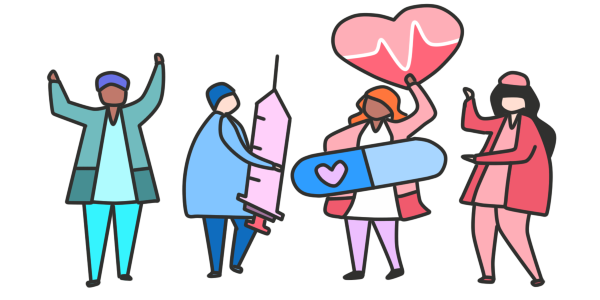
Se realiza una valoración neurológica y muscular. Si se desea saber el origen exacto de su causa es requerido hacer exámenes de laboratorio como tomografías, radiografías, tantos diversos exámenes neurológicos y genéticos. La valoración es un punto importante ya que se puede determinar mediante los estudios si esto puede seguir avanzando o si se mantiene estable y mejora.
A neurological and muscular evaluation is carried out. If you want to know the exact origin of its cause, it is required to do laboratory tests such as CT scans, X-rays, many different neurological and genetic tests. The assessment is an important point since it can be determined through studies if this can continue to advance or if it remains stable and improves.
There is a maneuver that can help determine if there is muscular hypotonia present at the moment, it focuses on performing a traction and extraction maneuver in the newborn. Although the newborn does not yet have complete control of his neuromuscular system, there are reflexes and if there are no problems such as muscular hypotonia, the newborn should respond in a normal way, that is, he moves both upper and lower limbs.
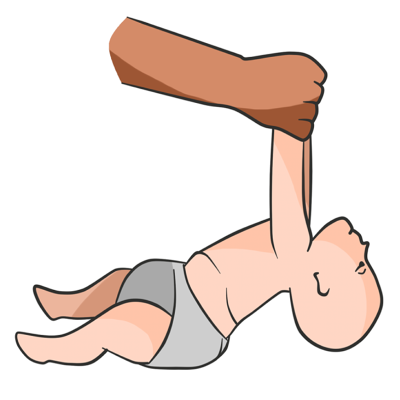
Maniobra de tracción de extremidades / Limb pulling maneuver
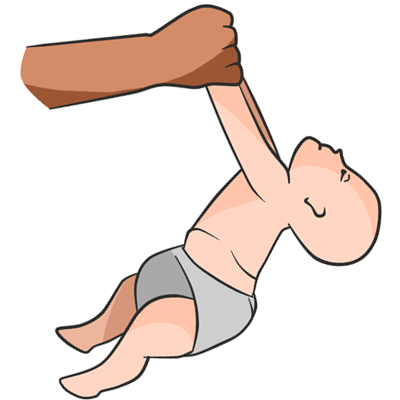
En la maniobra de suspensión se sujeta al recién nacido de una o ambas manos colocándole boca abajo y dejándolo en modo de suspensión. Si el recién nacido parece un ''muñeco de trapo'' esto es hipotonía muscular.
In the suspension maneuver, the newborn is held with one or both hands, placing him face down and leaving him in suspension mode. If the newborn looks like a "rag doll" this is muscular hypotonia.
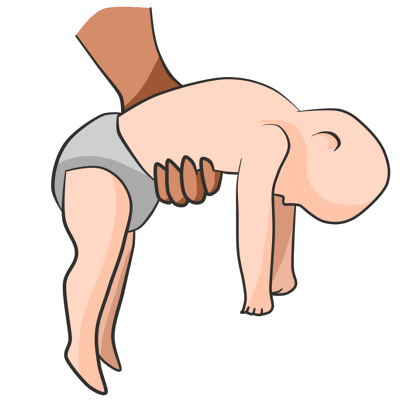
Maniobra de suspensión ventral en lactante / Ventral suspension maneuver in infant
Luego de atacar la causa principal se puede proceder a realizar neurorrehabilitación para ayudar a los músculos a recuperar su fuerza y así eliminar la hipotonía muscular.
After attacking the main cause, neurorehabilitation can be carried out to help the muscles regain their strength and thus eliminate muscle hypotonia.

Cuidados de enfermería / Nursing care
Enfermería al estar a cargo del cuidado de los recién nacidos mientras la madre se recupera, es la responsable de colocar al recién nacido en una posición semilateral izquierdo o derecho para así evitar una broscoaspiración. Además de movilizarlo constantemente en tiempo de 1 a 2 horas ya que esto evita úlceras por presión y ayuda a la circulación.
Es importante darle a entender a la madre el problema que está presentando actualmente su bebé, haciendo énfasis que es de vital importancia el control neurológico para descartar posibles problemas a nivel cerebral.
In the delivery room, these newborns will be administered oxygen and placed in incubators where they will be under observation and neuromuscular and neurological studies to see if there is a cause to worry about.
Nursing, being in charge of the care of the newborns while the mother recovers, is responsible for placing the newborn in a left or right semi-lateral position in order to avoid broscoaspiration. In addition to constantly mobilizing it in time from 1 to 2 hours since this prevents pressure ulcers and helps circulation.
It is important to make the mother understand the problem that her baby is currently presenting, emphasizing that neurological control is of vital importance to rule out possible problems at the brain level.
Datos curiosos / Fun facts :
✔ Éste tipo de condición se suele comparar con los muñecos de trapo, ya que al ser niños por su tamaño y al no tener movilidad al ser cargados
✔ This type of condition is usually compared to rag dolls, since being children due to their size and not having mobility when carried

▪️ El separador que acabas de ver, es de mi autoridad.
▪️ Las imágenes que acabas de ver, son de mi autoridad.
▪️ La información que acabas de leer es mi pequeña experiencia en el área de sala de partos en el hospital central.
▪️ The separator you just saw is from my authority.
▪️ The images you just saw are my authority.
▪️ The information you just read is my little experience in the delivery room area at the central hospital.

I like to teach about the things I know, and thus give a little of myself to you, thank you very much for reading, any comments or questions you have will be well received.

Técnica superior universitaria de enfermería / Higher university nursing technique. - @arisita

Su post ha sido valorado por @ramonycajal
¡Gracias por el apoyo!